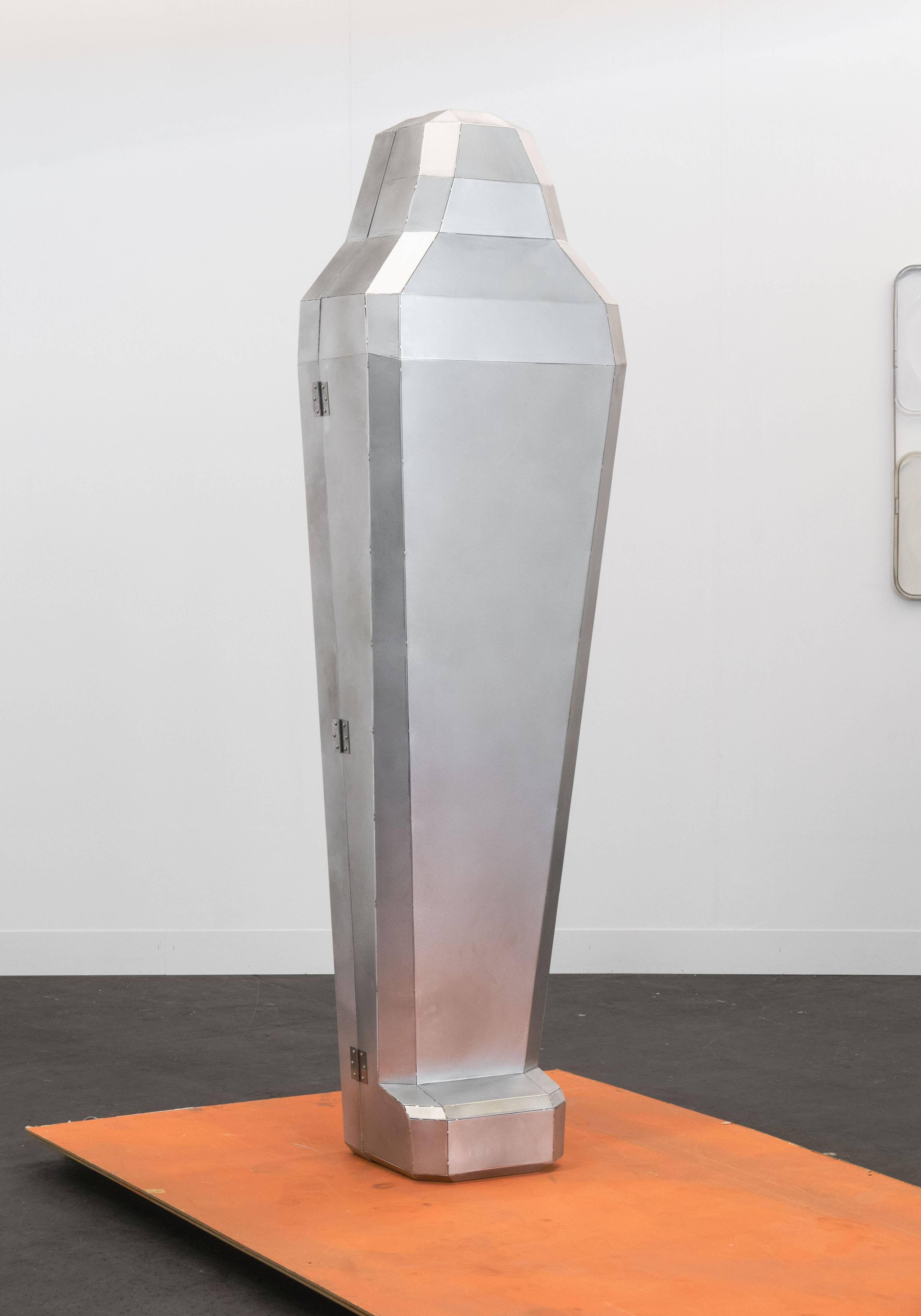The 204 days it took to build the monumental reinforced-concrete block that covered up the nuclear site of the Chernobyl Nuclear Power Plant were mired in a matter of semantics. Officials wondered what the site should be called, with the ultimate hopes of straying away from the death image and of quelling the global outrage with a strong, symbolic structure. In Russian, it became formally known as Obyekt Ukrytiye (“object shelter”), but it was commonly referred to as the “Chernobyl Sarcophagus” and it did little to aid in the Soviet reputation after the catastrophe – especially when it needed its own covering ten years later.
As the structure began to erode much sooner than the original twenty-to-thirty-year shelf life that had been predicted, the Greek origins of sarco- as flesh and -phagus as eating became more relevant and recognizable, particularly as the USSR had also crumbled onto itself.
___


